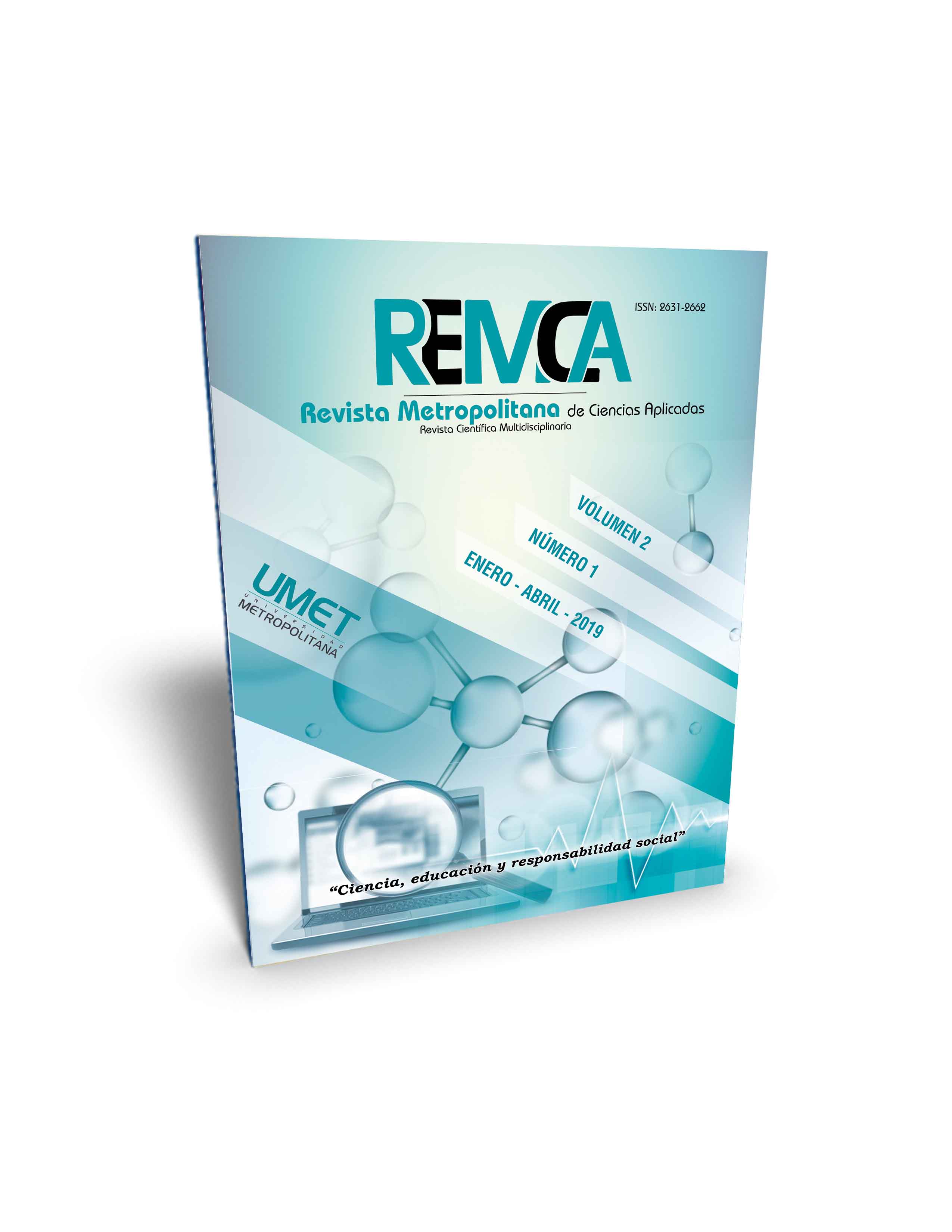Effect of the fertilization of a cultivar of Medicago Sativa l. In the Santa Inés farm
DOI:
https://doi.org/10.62452/k7sjyb69Keywords:
Alfalfa, chemical fertilizer, compostAbstract
The present investigation was carried out in the farm Santa Inés of the Academic Unit of Agricultural Sciences of the Universidad Técnica de Machala. A completely random design was used with 6 columns, each column with 40 experimental units giving a total of 240, using in each experimental unit 10 seeds of alfalfa for evaluation. The treatments were: T1 (without compost or fertilizer), T2 (with chemical fertilizer), and T3 (with compost), the evaluated variables were: weight of the biomass, number of leaves, and size of the plants. The Multivariate Variance Analysis was used for the study variables and to determine which factors have a statistically significant effect, prior to the verification of the Normality and Homogeneity assumptions. The method used to discriminate between the means was Duncan's multiple comparison procedure. The objective was to evaluate the effect of two fertilizations on M. sativa, using a chemical fertilizer and an organic fertilizer. The results show that the amount of biomass, the size of the plant and the number of leaves at the first cut after applying the respective treatment, does not differ so much with the use of YaraMila COMPLEX and compost.
Downloads
References
Blasco A. (2010). Análisis de datos experimentales para proyectos de fin de carrera. Valencia: Universidad Politécnica de Valencia.
Cangiano, C. A., & Pece, C. A. (2005). Acumulación de biomasa aérea en rebrotes de alfalfa en Balcarce. Revista Argentina de Producción Animal, 25(1-2). Recuperado de http://ppct.caicyt.gov.ar/index.php/rapa/article/view/4342/4015
Capacho-Mogollón, A. E., Flórez-Delgado, D. F., & Hoyos-Patiño, J. F. (2018). Biomasa y calidad nutricional de cuatro variedades de alfalfa para introducir en Pamplona, Colombia. Ciencia y Agricultura, 15(1), 61-67. Recuperado de https://revistas.uptc.edu.co/index.php/ciencia_agricultura/article/download/7757/6239/
Grijalva, J. (1995). Producción y utilización en la región interandina del Ecuador. Quito: INIAP.
Dammer, M. (2004). Adaptación a cuatro variedades de Alfalfa. Medicago sativa en la zona de canavalle. Ecuador. La Granja, 5(6). Recuperado de https://revistas.ups.edu.ec/index.php/granja/article/view/531
Plevich, J. O., Delgado, A. R., Saroff, C., Tarico, J. C., Crespi, R. J., & Barotto, O. M. (2012). El cultivo de alfalfa utilizando agua de perforación, agua residual urbana y precipitaciones. Revista Brasileira de Engenharia Agricola e Ambiental-Agriambi, 16(12). Recuperado de https://revistas.ups.edu.ec/index.php/granja/article/view/531.
Pedroza, M., et al. (2010). Respuesta productiva de la alfalfa a diferentes frecuencias de corte. Revista mexicana de ciencias pecuarias, 1(3), 287-296. Recuperado de http://www.scielo.org.mx/scielo.php?script=sci_abstract&pid=S2007-11242010000300008&lng=es&nrm=iso&tlng=en
Rotondaro, R. (2011). Manejo y Nutrición de la alfalfa. Recuperado de http://portal.acabase.com.ar/suelofertil/Artculos%20de%20Inters/VARIOS/Alfalfa%20-%20Manejo%20y%20nutrici%C3%B3n%202da%20parte.pdf.
Downloads
Published
Issue
Section
License
Copyright (c) 2019 Ronald Andreé Vitonera Rogel, Orlin Abel Rivera Paucar, Favian Wunster Maza Valle, Ángel Roberto Sánchez Quinche (Autor/a)

This work is licensed under a Creative Commons Attribution-NonCommercial-ShareAlike 4.0 International License.
Authors who publish in Revista Metropolitana de Ciencias Aplicadas (REMCA), agree to the following terms:
1. Copyright
Authors retain unrestricted copyright to their work. Authors grant the journal the right of first publication. To this end, they assign the journal non-exclusive exploitation rights (reproduction, distribution, public communication, and transformation). Authors may enter into additional agreements for the non-exclusive distribution of the version of the work published in the journal, provided that acknowledgment of its initial publication in this journal is given.
© The authors.
2. License
The articles are published in the journal under the Creative Commons Attribution-NonCommercial-ShareAlike 4.0 International License (CC BY-NC-SA 4.0). The terms can be found at: https://creativecommons.org/licenses/by-nc-sa/4.0/deed.en
This license allows:
- Sharing: Copying and redistributing the material in any medium or format.
- Adapting: Remixing, transforming, and building upon the material.
Under the following terms:
- Attribution: You must give appropriate credit, provide a link to the license, and indicate if any changes were made. You may do this in any reasonable manner, but not in any way that suggests the licensor endorses or sponsors your use.
- NonCommercial: You may not use the material for commercial purposes.
- ShareAlike: If you remix, transform, or build upon the material, you must distribute your creation under the same license as the original work.
There are no additional restrictions. You may not apply legal terms or technological measures that legally restrict others from doing anything the license permits.




